Ancient Egyptian ‘Doorway to the Afterlife’ Unearthed—Could This Unlock Secrets of the Beyond?
So, imagine stumbling upon a tomb that’s been hiding in Cairo for over 4,000 years—and inside, a massive pink door that doesn’t actually open. Yeah, archaeologists just hit the jackpot with the discovery of Prince Userefre’s tomb, a figure nobody even knew existed until now. This wasn’t just any prince; he was the son of King Userkaf, a dude running the show back in the Fifth Dynasty, juggling roles like ‘judge’, ‘governor’, and even ‘chanting priest’. Now, here’s the kicker—the door they found isn’t your everyday door. It’s made of rare pink granite, towering 15 feet high, and is believed to be this symbolic gateway, a sort of supernatural portal to the afterlife. Talk about ancient real estate with a twist, right? Buckle up, because this discovery shatters what we thought we knew about Egyptian royalty and their eternal hustle. LEARN MORE
Archaeologists have made a groundbreaking discovery in an Egyptian tomb that’s over 4,000 years old.
The tomb belongs to Prince Userefre, the son of King Userkaf, who reigned from around 2465 to 2458 BC. It also includes inscriptions such as ‘hereditary prince’, ‘judge’, and ‘governor’, as well as ‘minister’ and ‘chanting priest’.
However, according to Professor Emeritus of Egyptology at the University of Toronto, Ronald Leprohon, this is the first time he has been brought to the attention of Egyptologists, as he told The New Archaeologist: “Before this discovery, we didn’t even know he existed.”
While investigating the tomb in Cairo, the team discovered a large, pink door inside a catacomb, an underground cemetery consisting of tunnels and chambers.
The door, which was 15 feet high, doesn’t open but is believed to be symbolic, as a way of representing ‘a portal to the afterlife’.
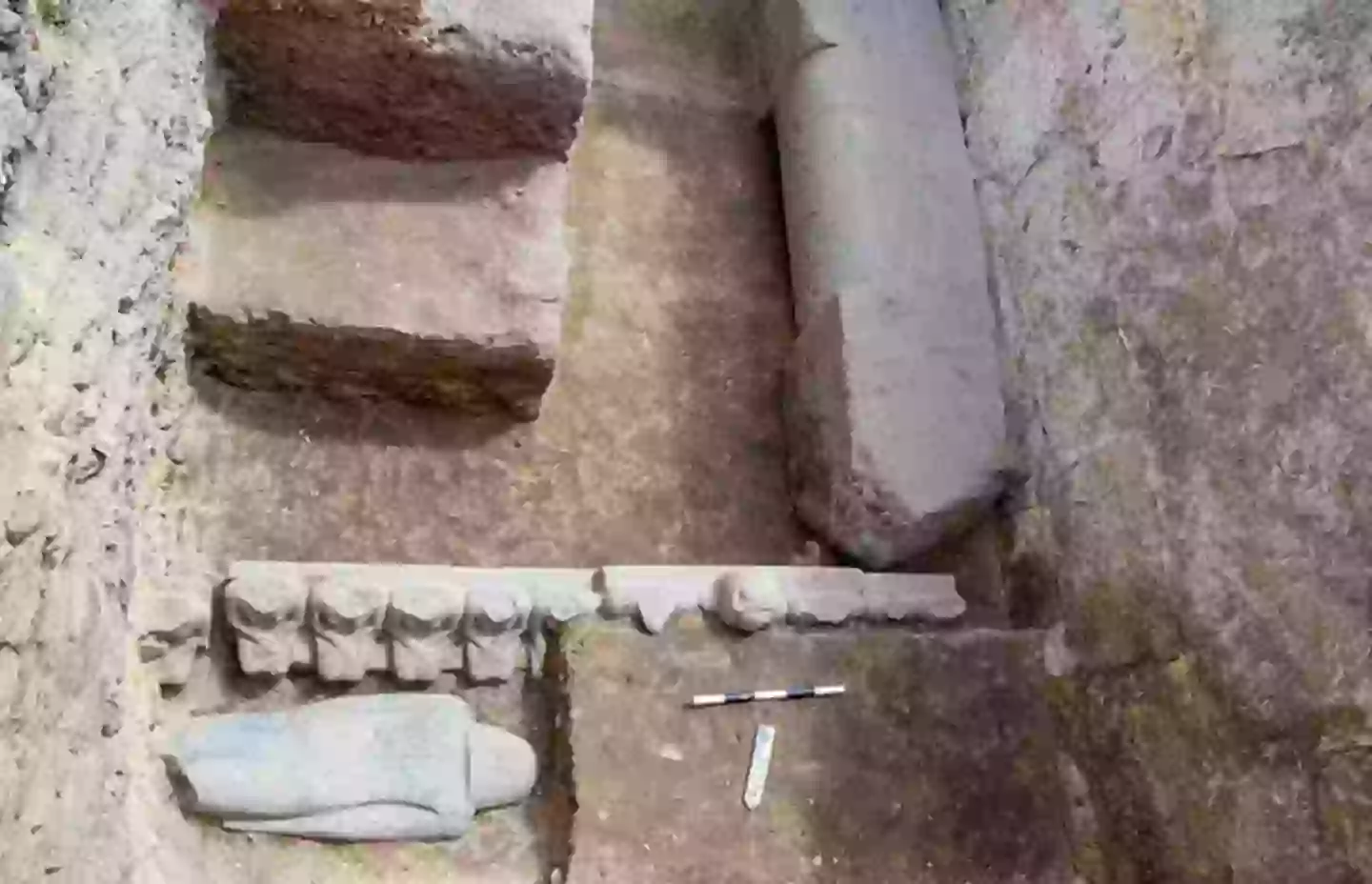
The tomb belongs to Prince Userefre (Ministry of Tourism and Antiquities)
In a statement, the Ministry of Tourism and Antiquities explained: “The joint Egyptian mission, led by the Supreme Council of Antiquities and the Zahi Hawass Foundation for Antiquities and Heritage, uncovered the tomb of Prince Userefre, son of King Userkaf, the first king of the Fifth Dynasty of the Old Kingdom, during the mission’s work in the Saqqara archaeological site, in addition to numerous important archaeological finds from this era and later periods.
“Dr. Mohamed Ismail Khaled, Secretary-General of the Supreme Council of Antiquities, explained that this is the first time a false door made of pink granite of this magnitude has been found. It measures four and a half meters in height and 1.15 meters in width.”
Dr Melanie Pitkin, from Cambridge University, previously explained that false doors allowed the ‘ka’ of the dead to move between the tomb and the afterlife.
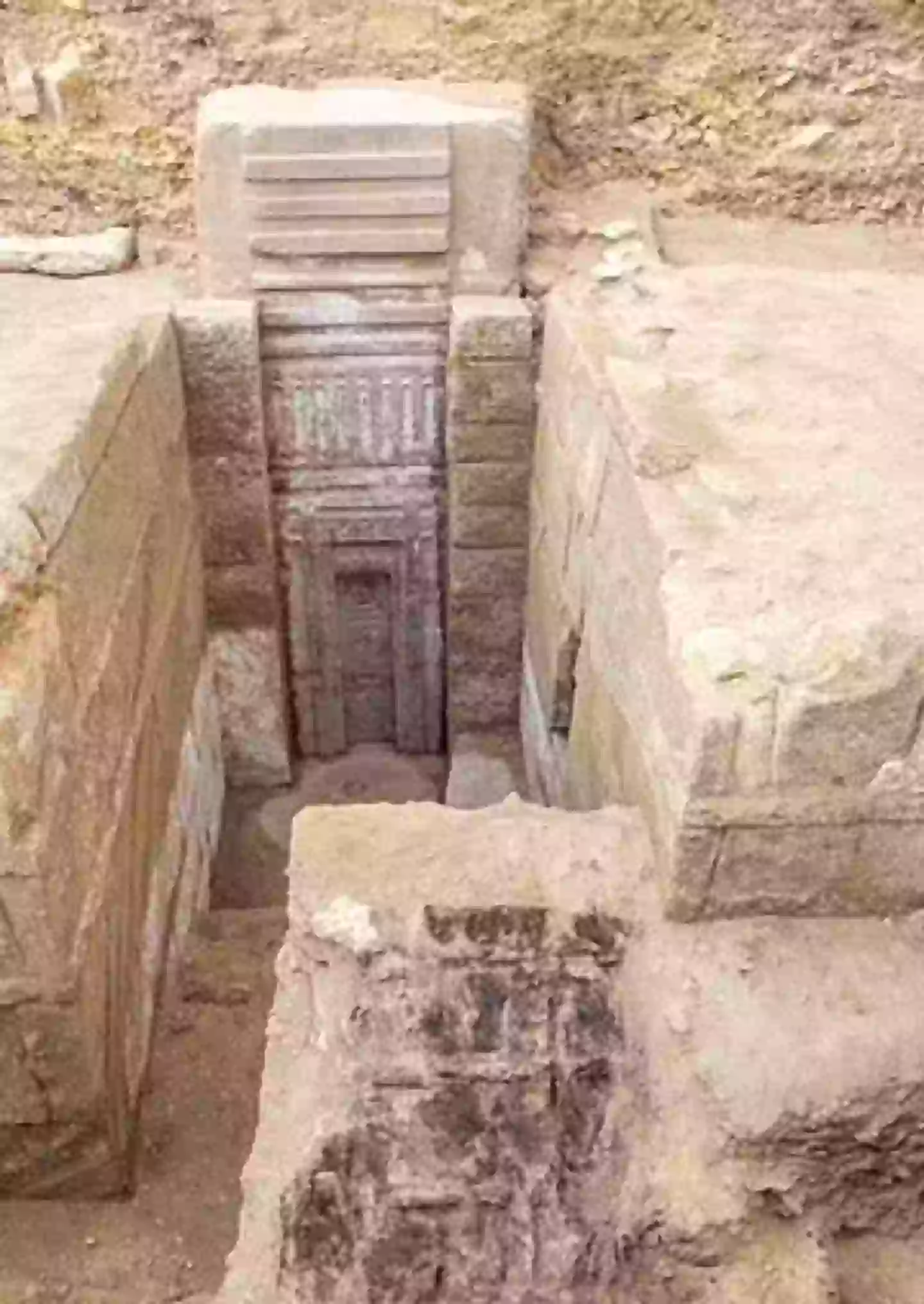
The door is believed to be a symbolic one (Egyptian Ministry of Tourism and Antiquities)
According to Inside Egypt, ‘Ancient Egyptians believed that everyone had a Ka, a vital component of their spiritual essence’.
The Ka was considered ‘the life force, the divine spark that animated a person during life and continued to exist after death’.
“Family members and priests would come to the tomb where the false door was standing and they would recite the name of the deceased and his or her achievements and leave offerings,” Dr Pitkin said.
“The ka of the deceased would then magically travel between the burial chamber and the netherworld. It would come and collect the food, drink, and offerings from the tomb to help sustain it in the afterlife.”
According to The Daily Mail, false doors made out of limestone have been discovered before, however, pink granite is considered a rarity because it had to brought from Aswan, which is a city in Egypt 905km from Cairo.

It’s the first time a false door has been discovered (Ministry of Tourism and Antiquities)
So, it was only designated for richer people, like royalty, which would indicate Prince Userefre’s higher status.
Archaeologist and former Minister of Antiquities, Dr. Zahi Hawass, also explained that a statue of King Djoser, his wife and his 10 daughters inside the tomb.
“Initial studies have shown that these statues were located inside a room next to King Djoser’s Step Pyramid and were moved to the tomb of Prince Userefre during the Late Period. The mission will continue its work to determine the reason behind moving these statues from their original location here,” the statement continued.
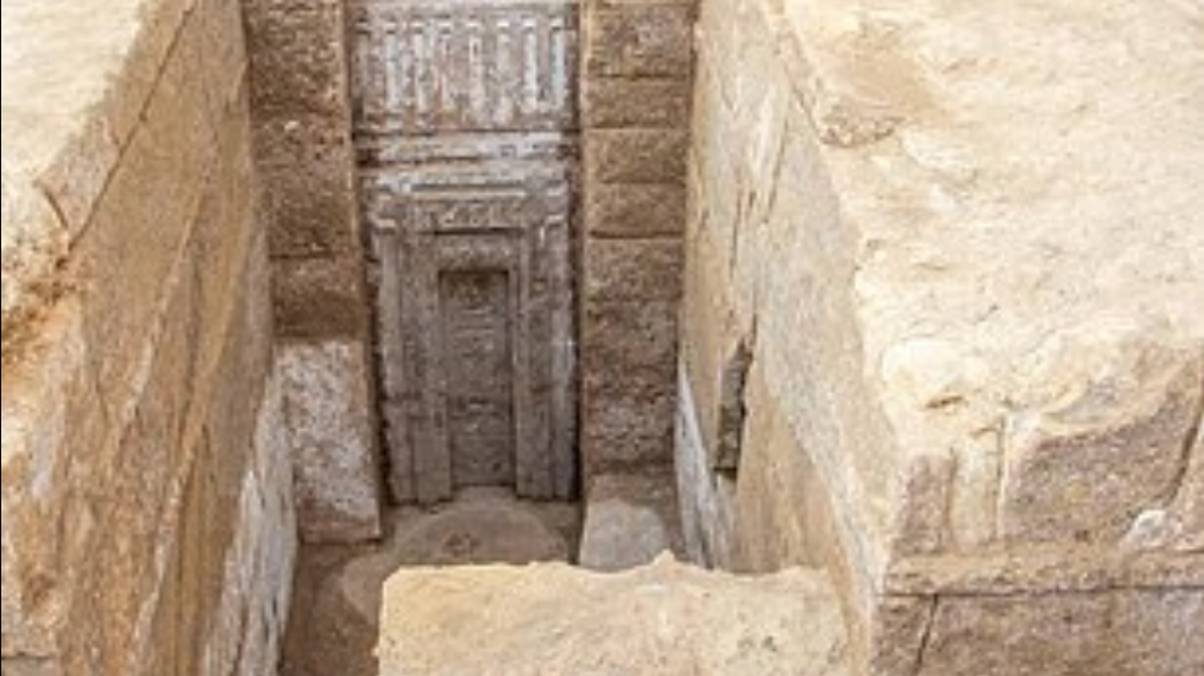

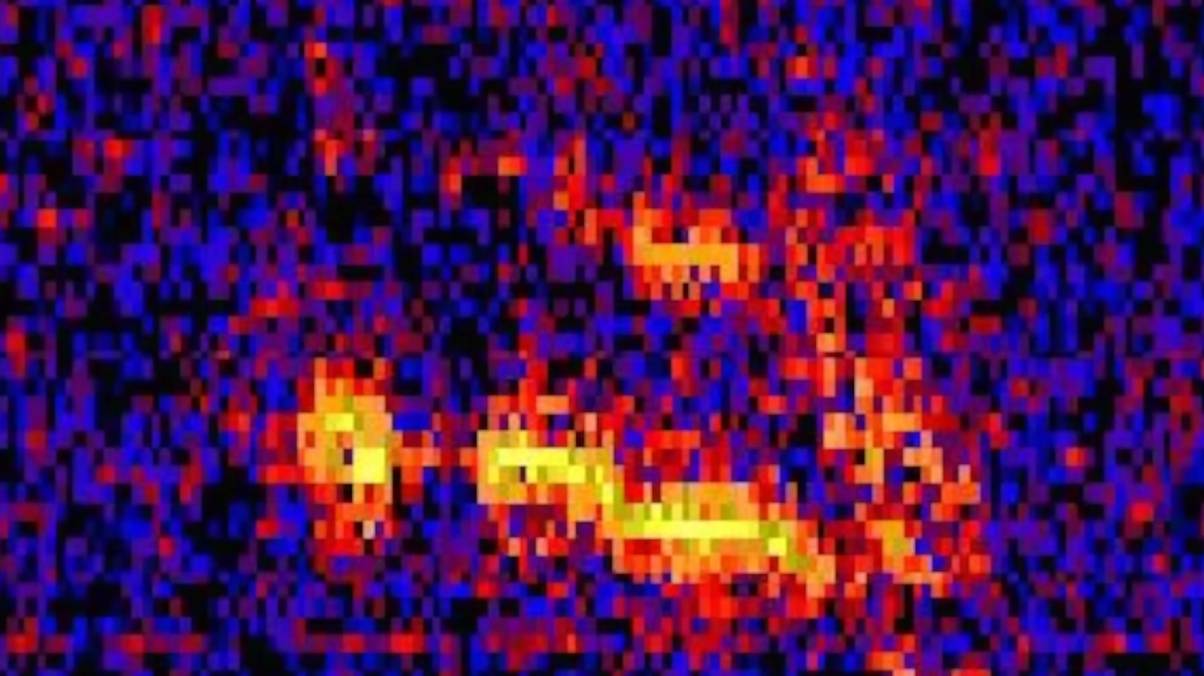







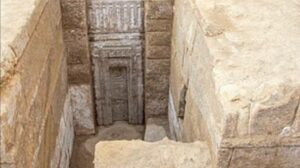
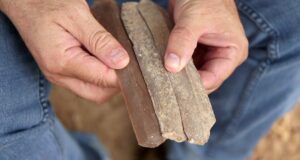
Post Comment